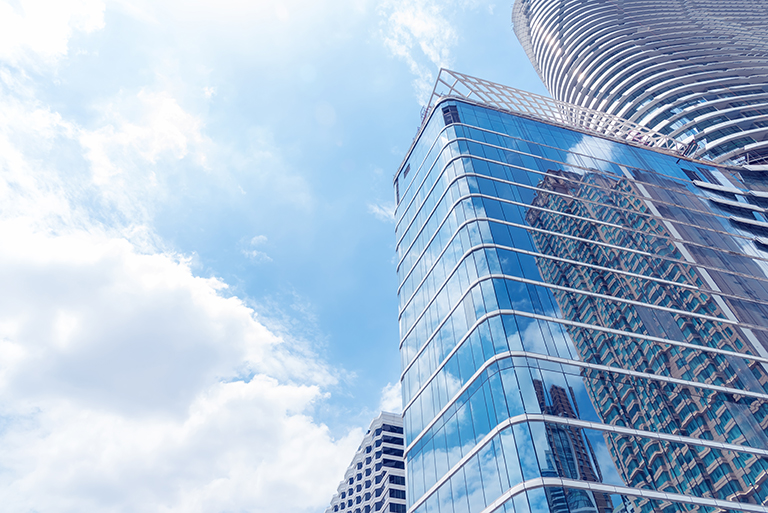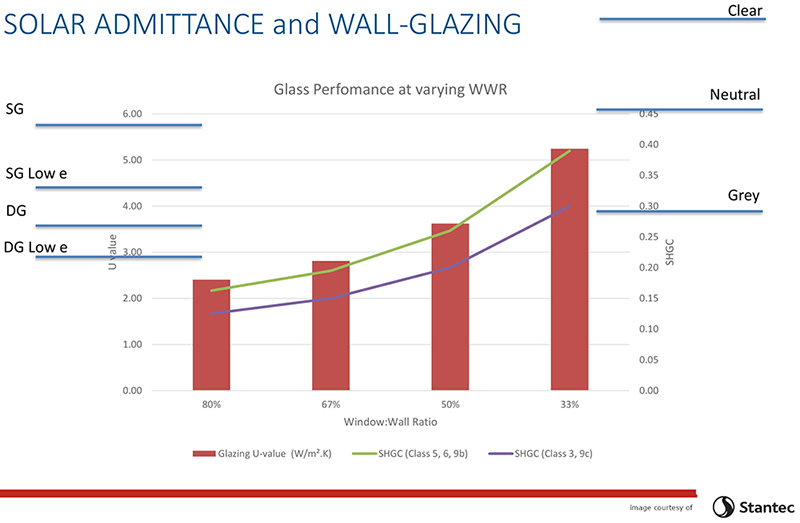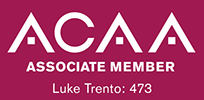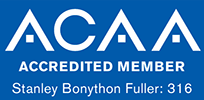IMPORTANT NCC CHANGES TO ENERGY EFFICIENCY [Volume 1]
Certifiers have been operating under the NCC 2019 since the 1 May 2019. At the time of implementation, a transition period to the previous NCC 2016 was permitted for energy efficiency (Section J and Part 3.12) however, this change requires significant attention. The NCC2019 provisions are more onerous and will impact the design of buildings. The following table shows the impact on the window to wall ratio will have in respect to the glass performance required. As an example, a Class 5 office building with a window to wall ratio of 67% will require the windows to have a U-Value of approximately 2.8 and a Solar Heat Gain Coefficient of 0.2 [this is equivalent to double glazing, argon gas and Low-E glass].
Deemed to Satisfy Provisions
- J0.2 – Class 2 specific – a 6-star average and 5 Star minimum assessment will now separately assess heating and cooling loads rather than as a combined limit.
- J1.2 – Thermal construction – the total R value must include the effect of thermal bridging which will have a significant effect on minimum compliance requirements.
- J1.3 – Roof and Ceiling Construction – is simplified due to the colour requirement of the roof and the required solar absorptance of < 0.45 i.e. light in colour.
- J1.6 – Floors – New calculations methods to include insulation of ground and air
- J1.5 – Walls and Glazing – The new calculation tool [which replaces the glazing calculator] will now assess the whole wall R-Value, including the windows located within, rather than as two separate calculations.
New verification methods
- JV1 NABERS – Class 5 specific – min 5.5 stars base building via commitment agreement to achieve 5.7-star NABERS
- JV2 Green Star – all classes excluding class 2 & 4, must show a minimum 10% improvement on GHG emissions, precondition of getting a green star rating. Thermal comfort assessment is required.
- JV3 – will now be based on greenhouse gas emissions rather than energy, what this means is that cooling is now 4 times more of an impact than heating (solar emittance design critical). The good news is that these addition constraints can usually be reasonably offset by Solar PV (or other RE) that is generated and used onsite.
- JV4 Building envelope sealing – means of compliance via performance testing, required air infiltration/blower door testing & air tightness testing. For class 2 this is easier to achieve than Green Star levels while all other classes are more stringent than Green Star.
IMPORTANT SECTION J NOTE – If applications for building rules are lodged with your certifier prior to the 1st of May 2020, the NCC Section J 2016 Provisions can still apply.






